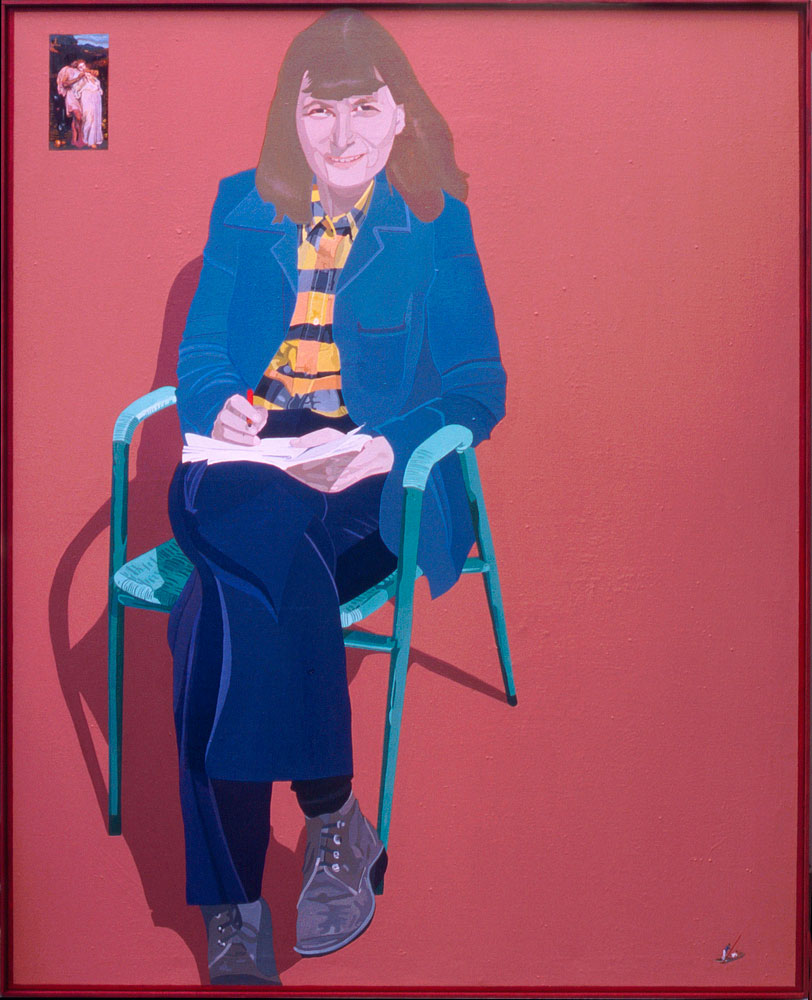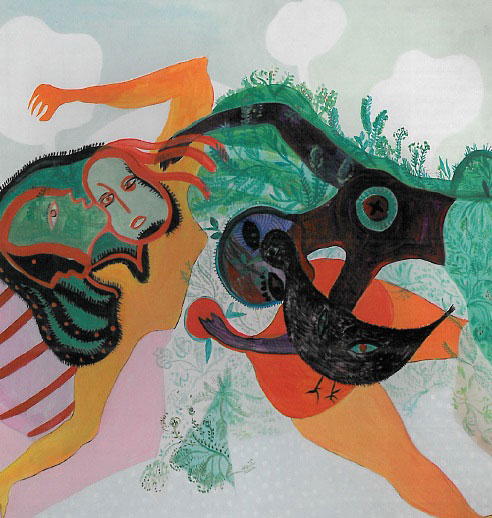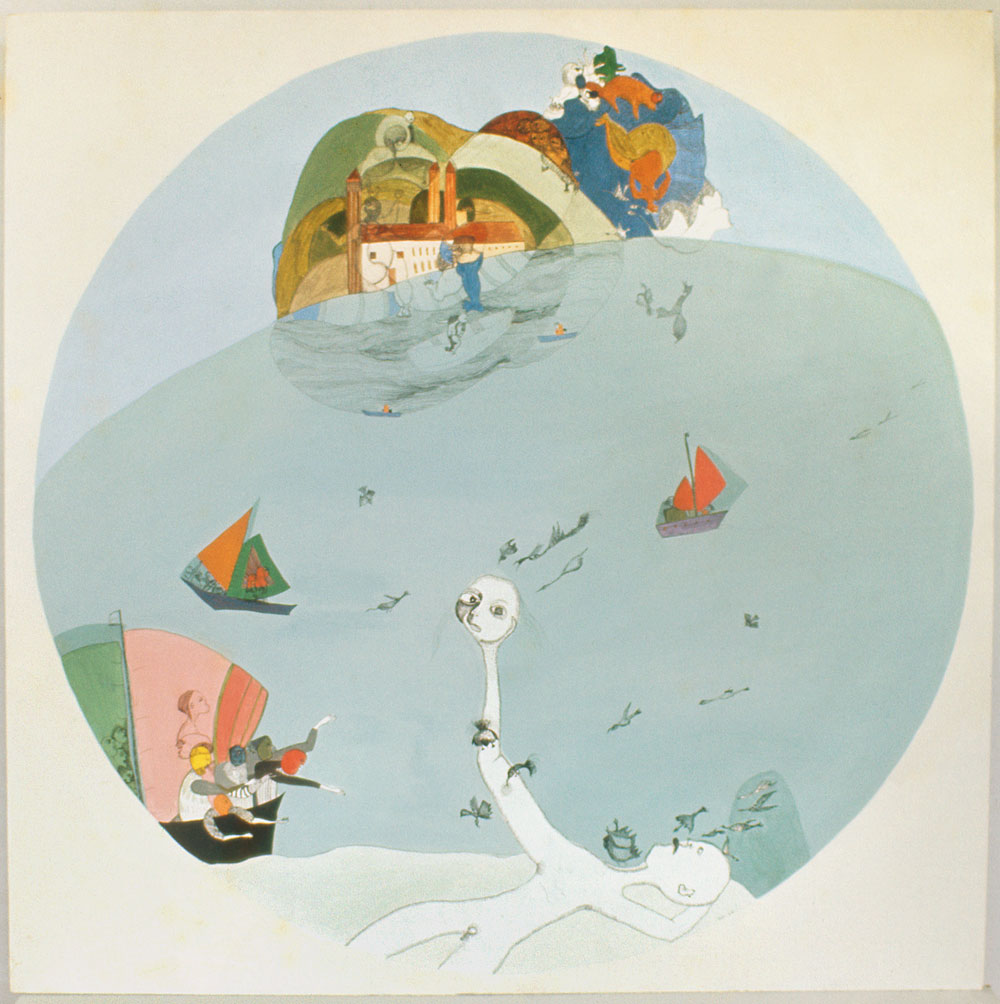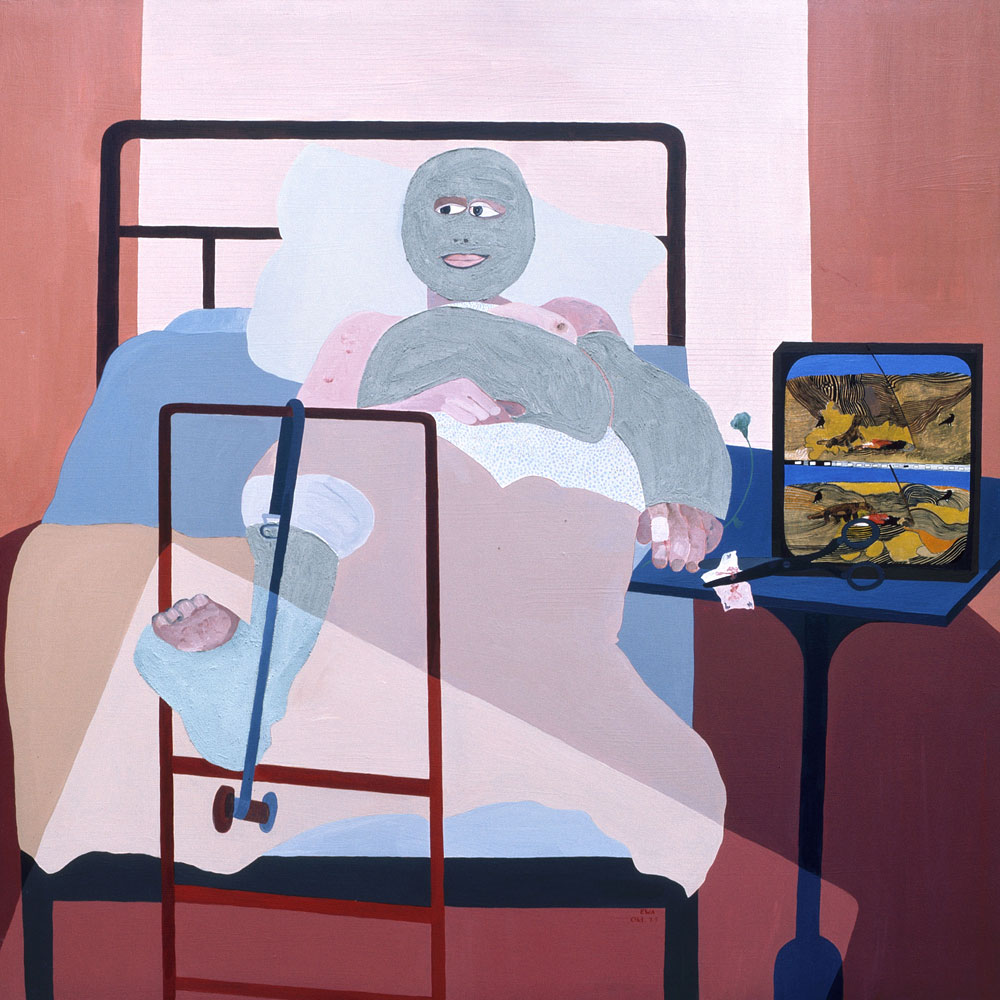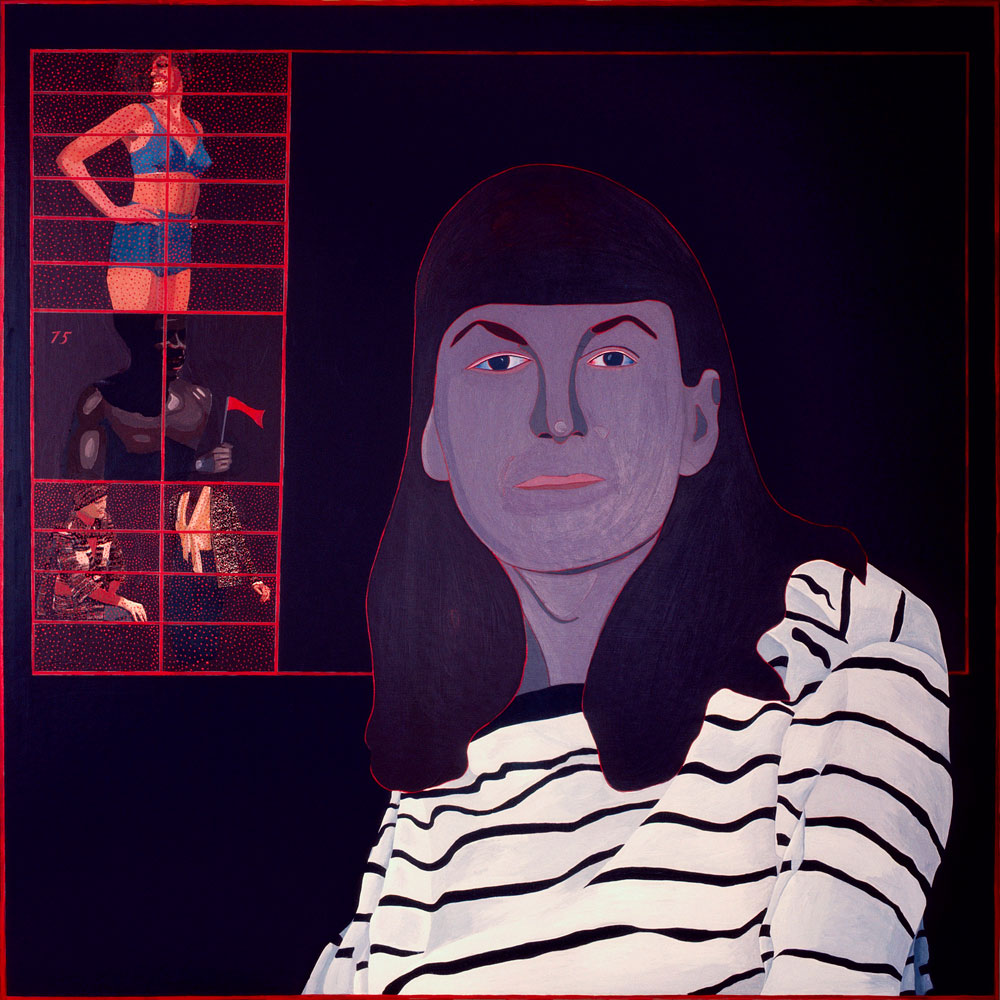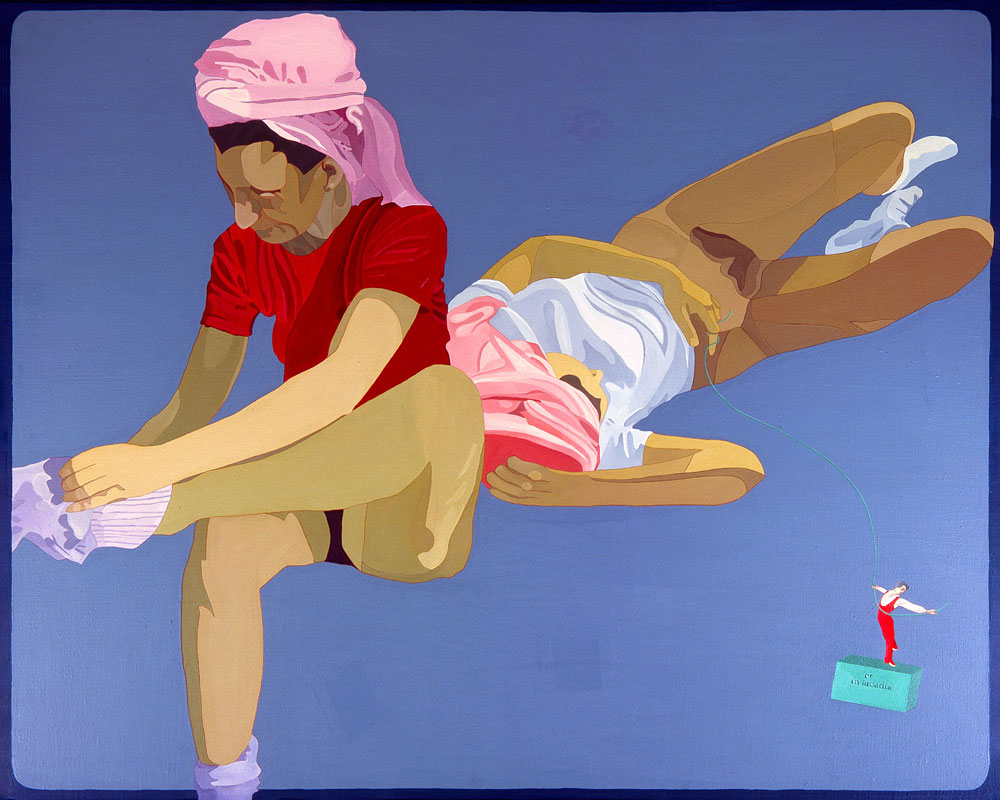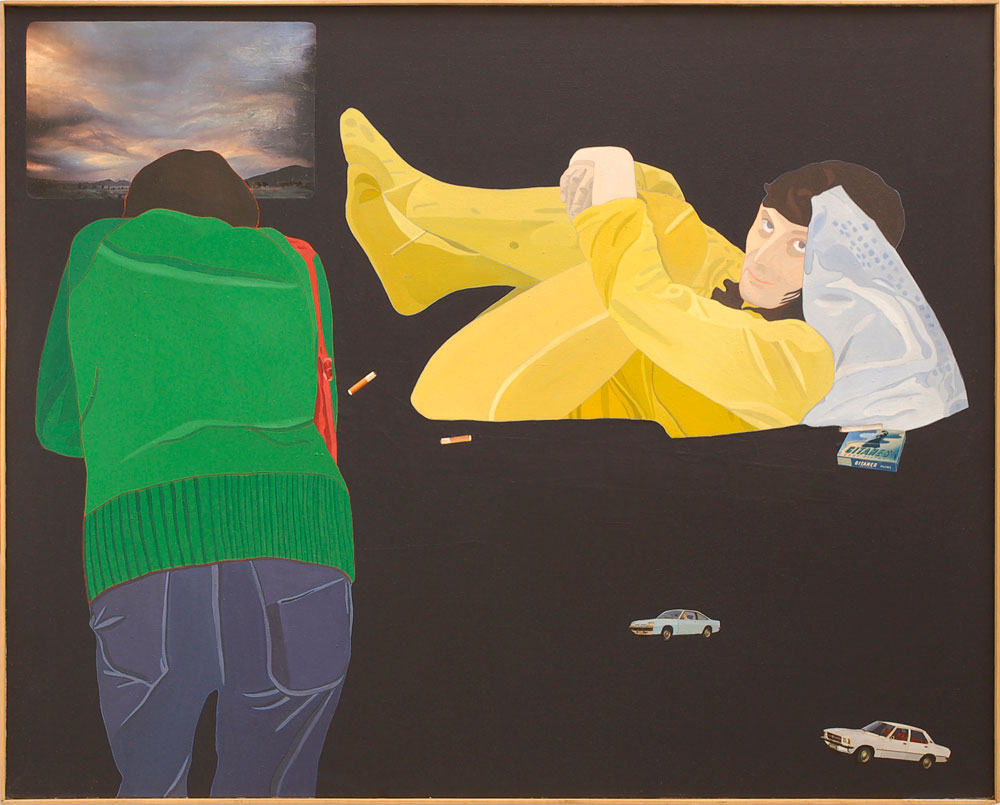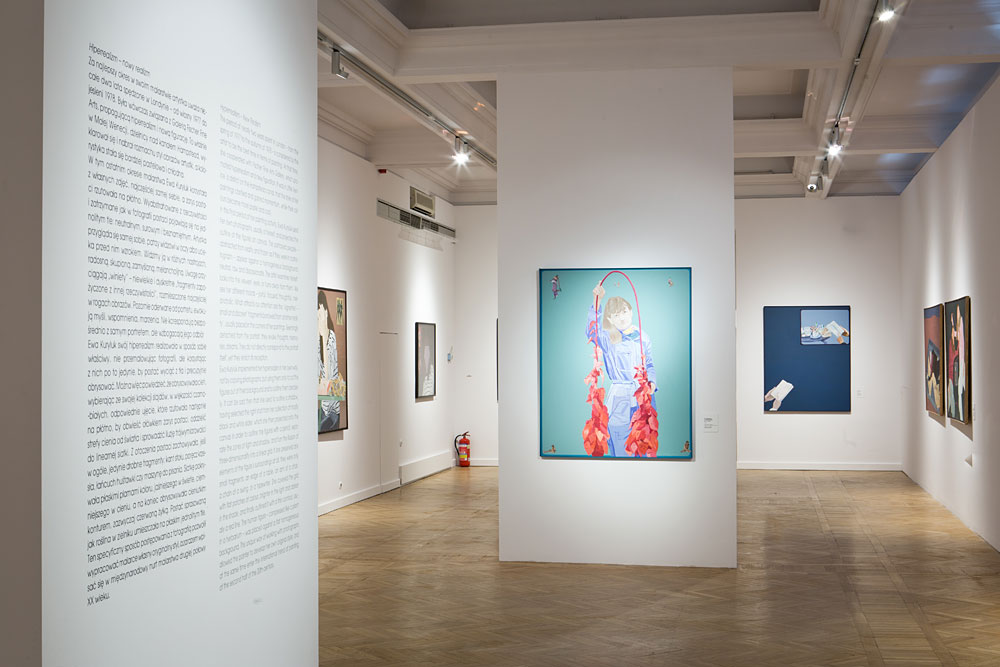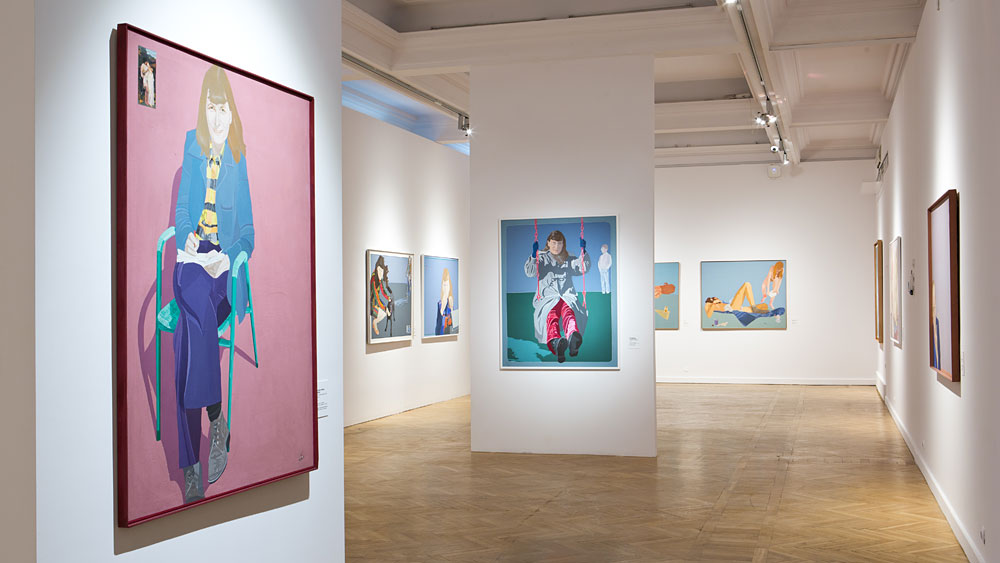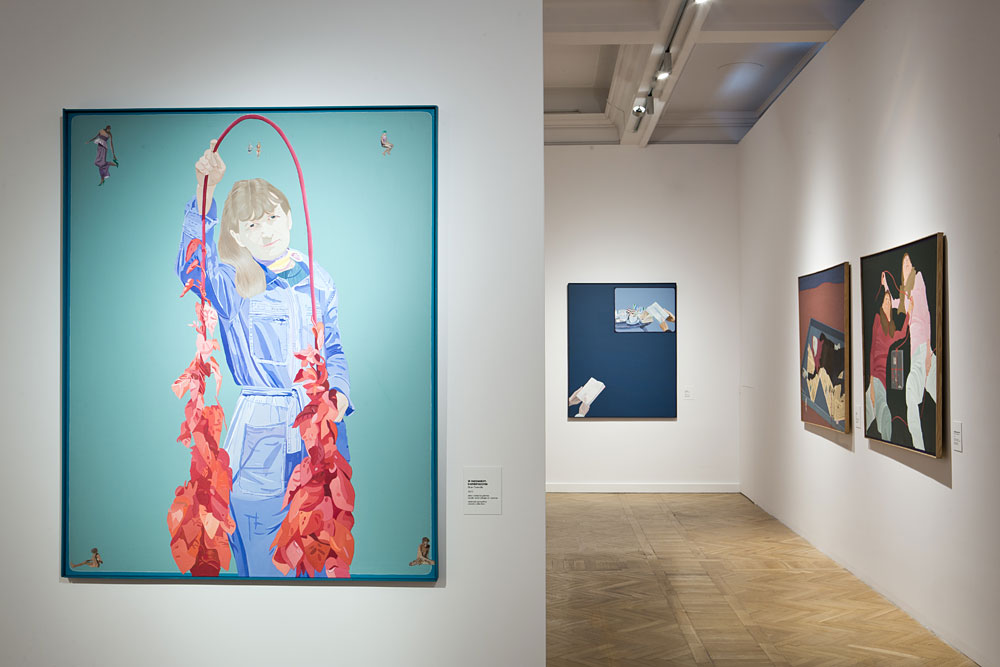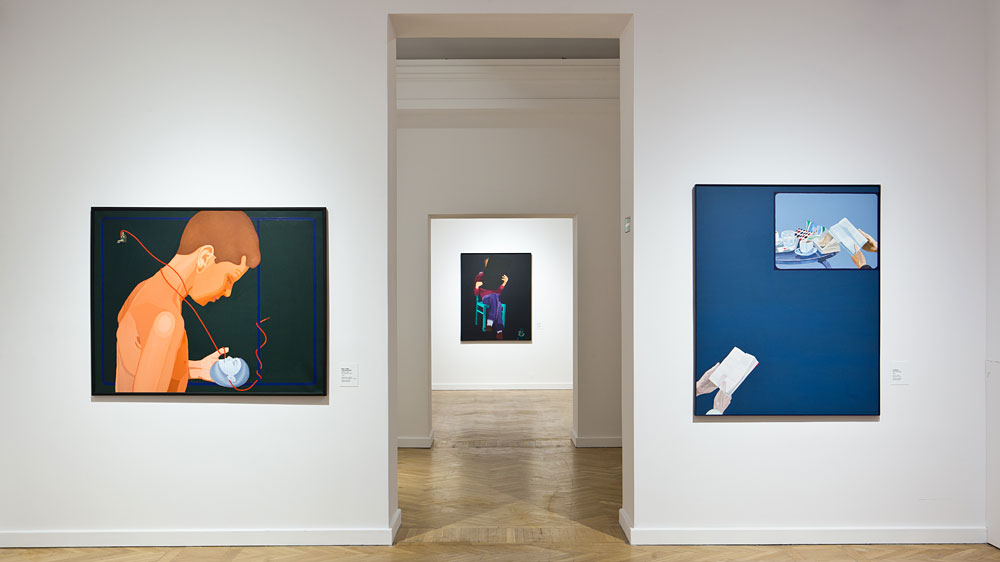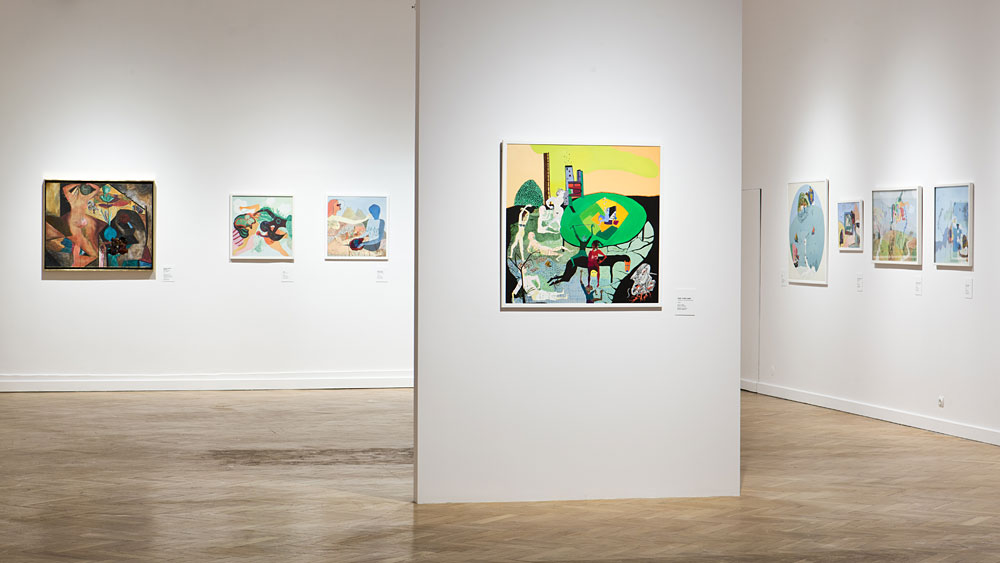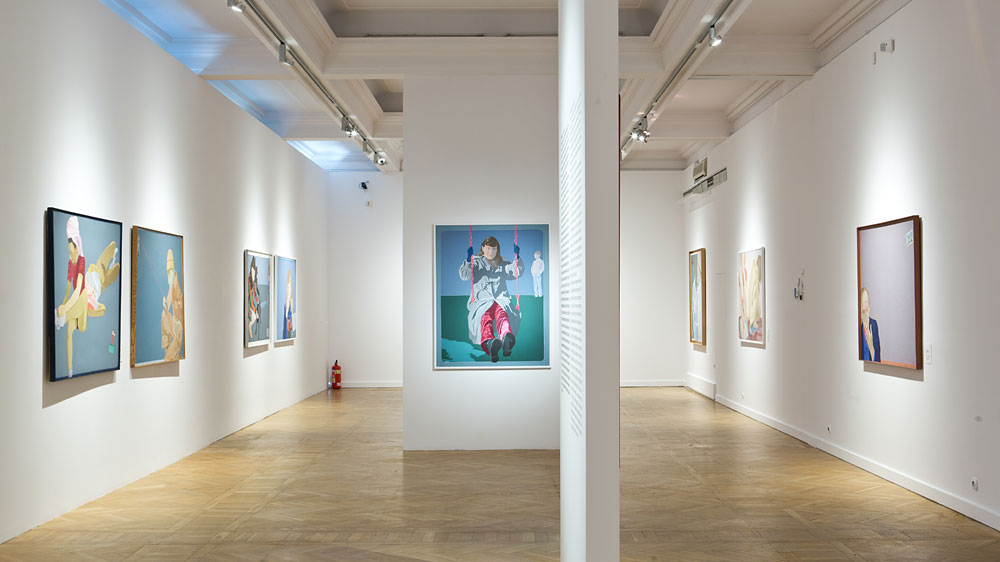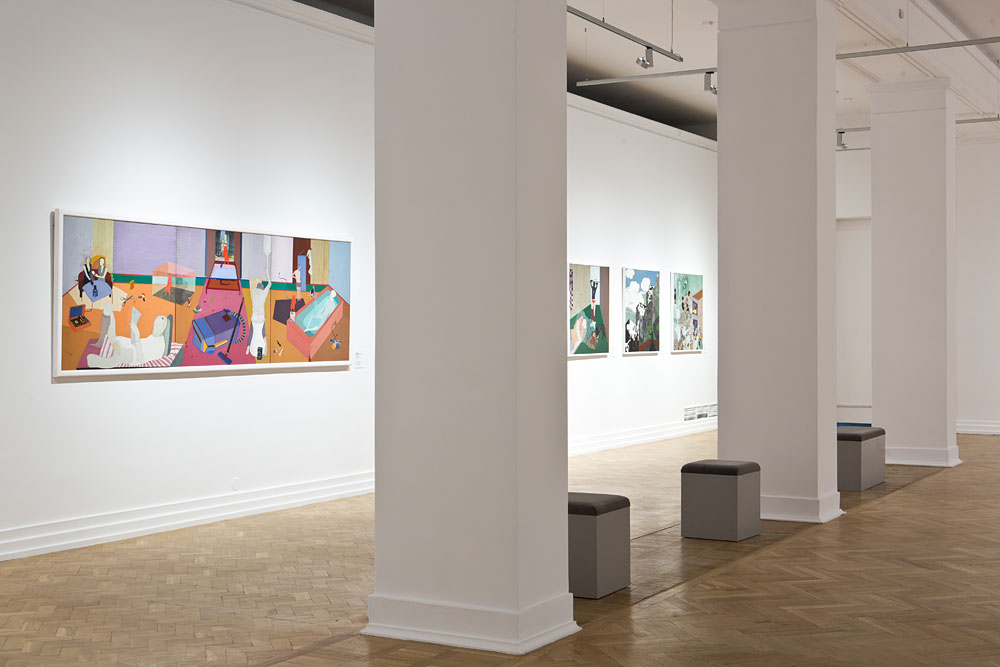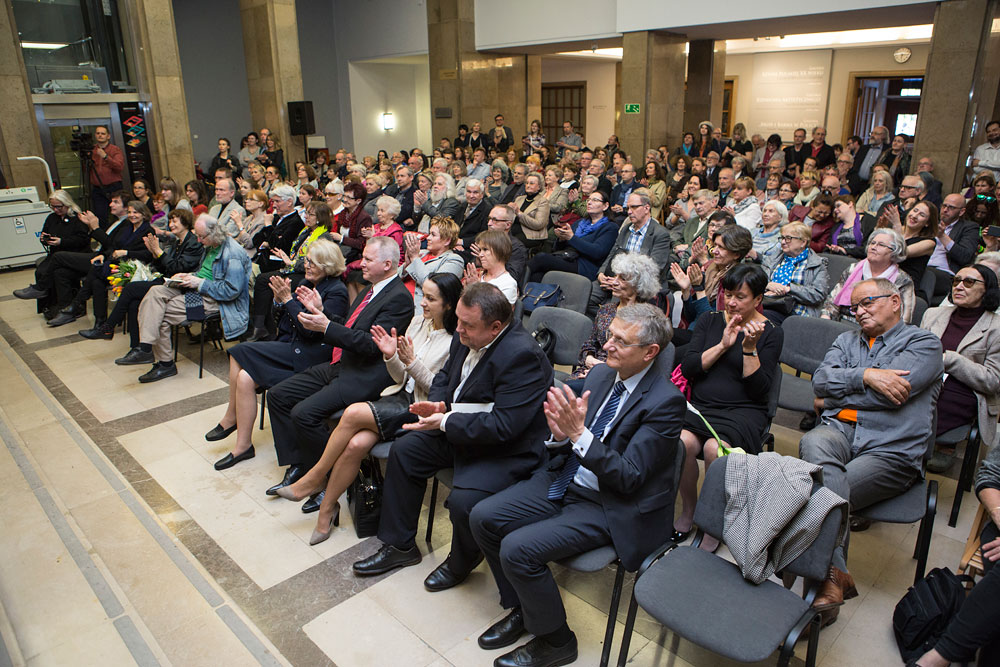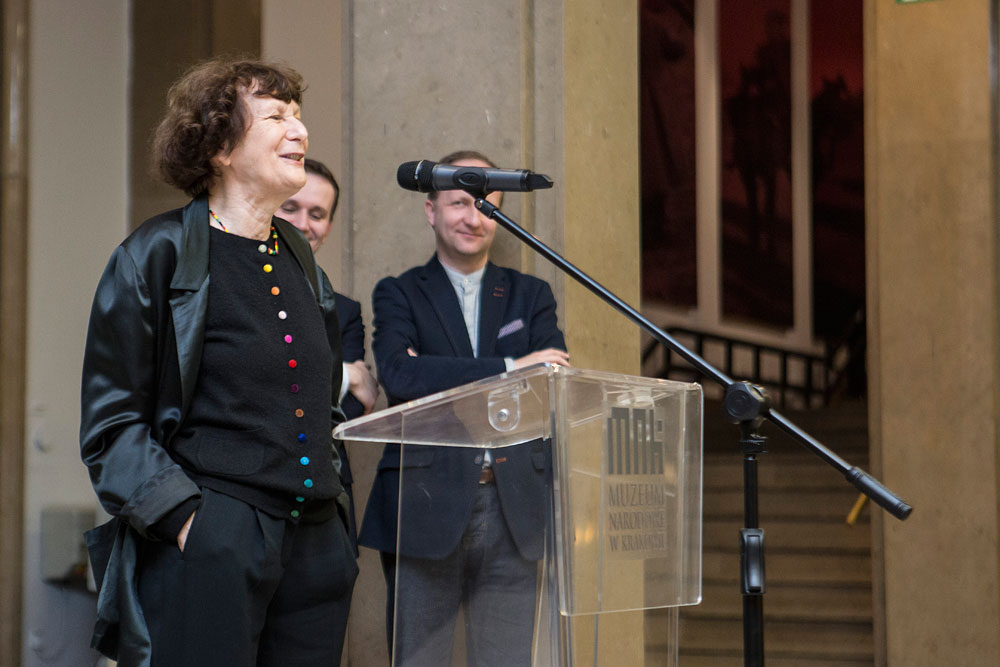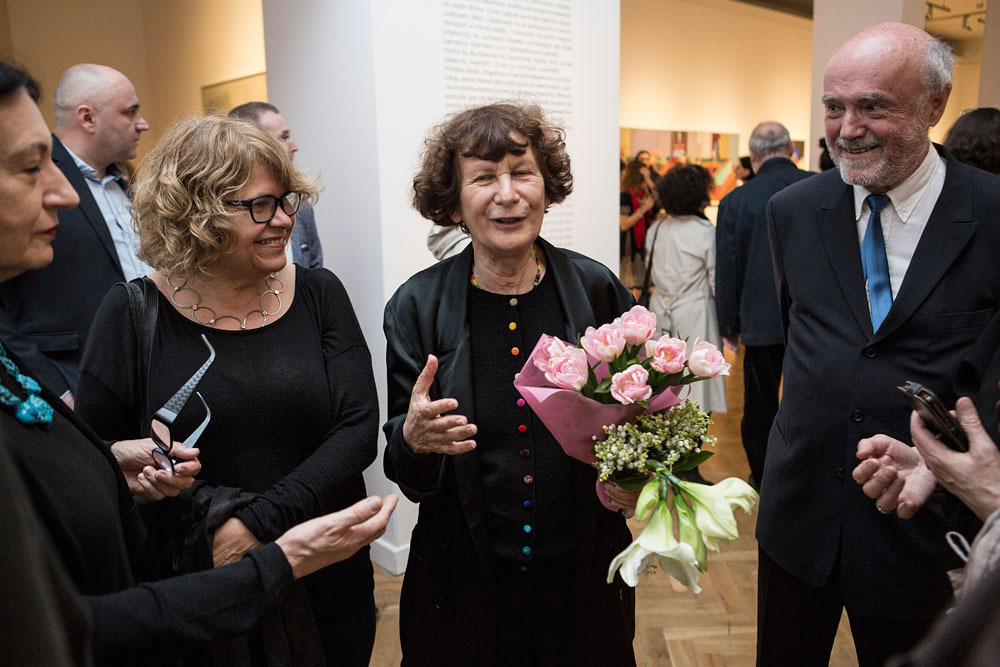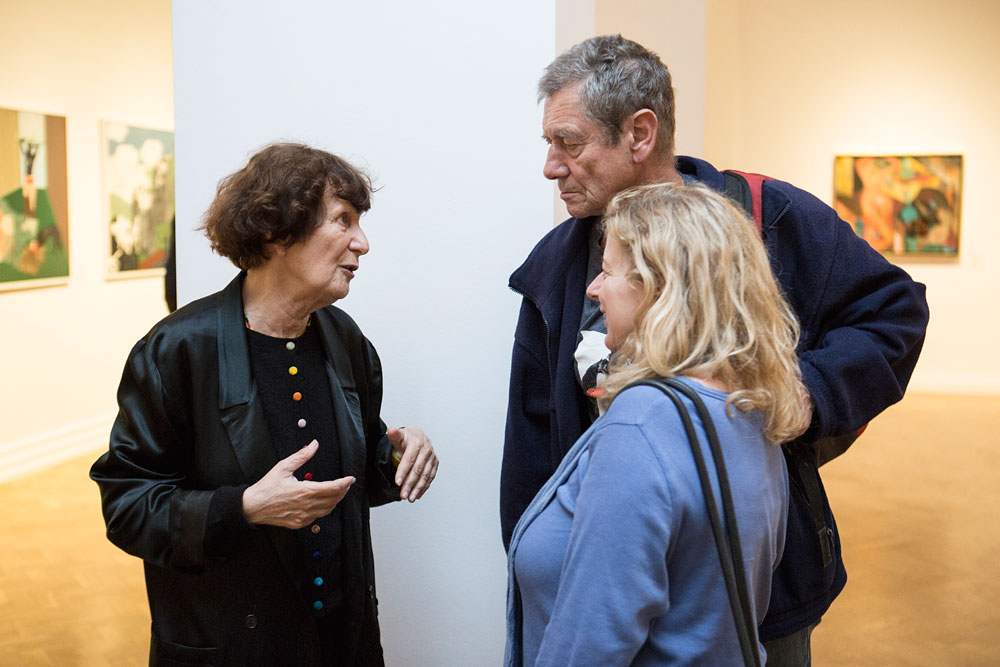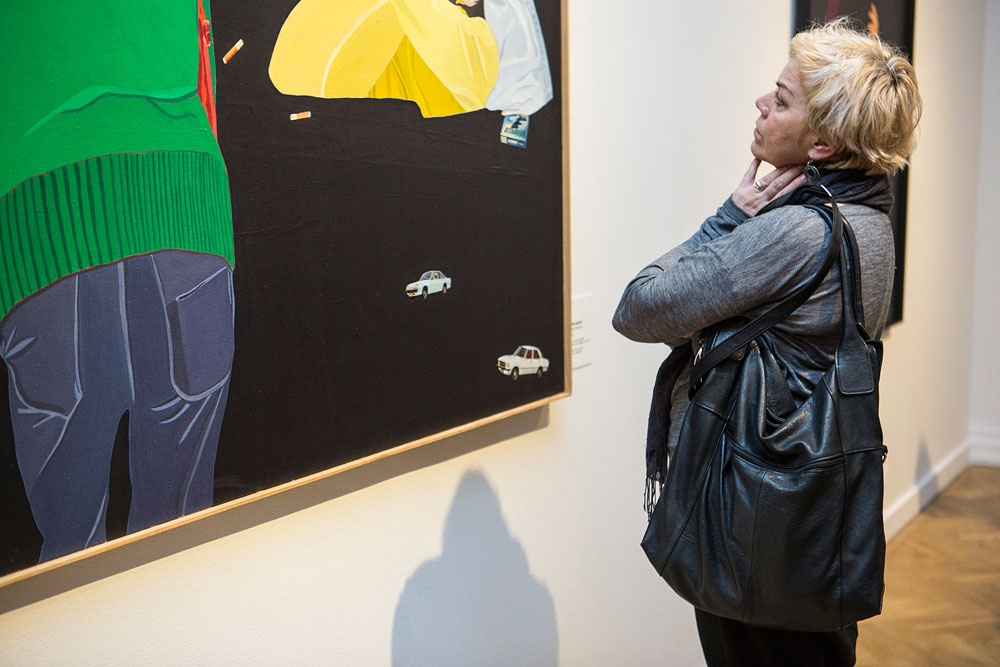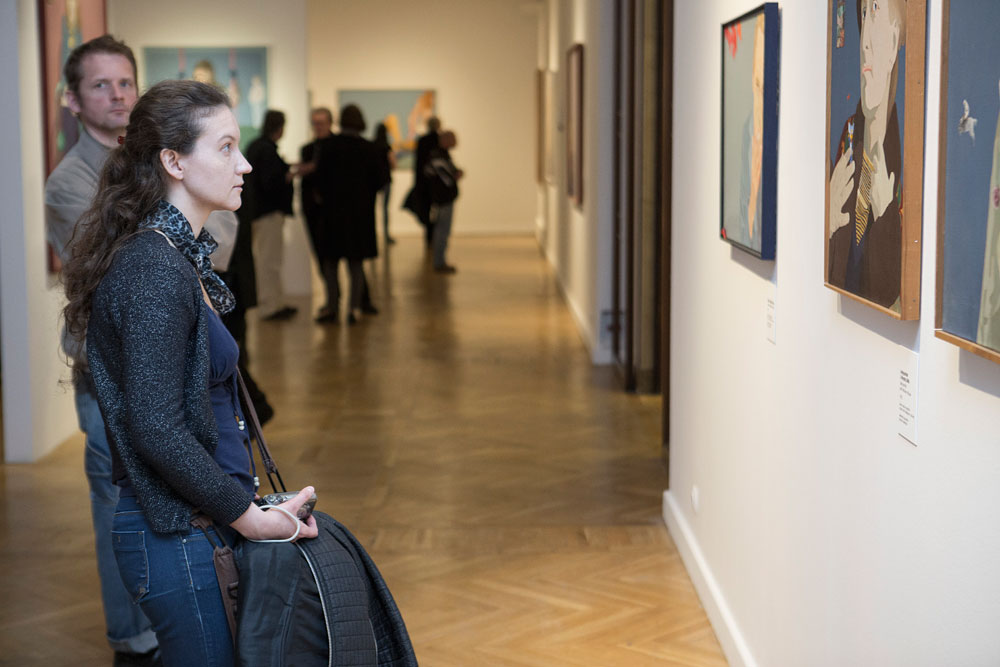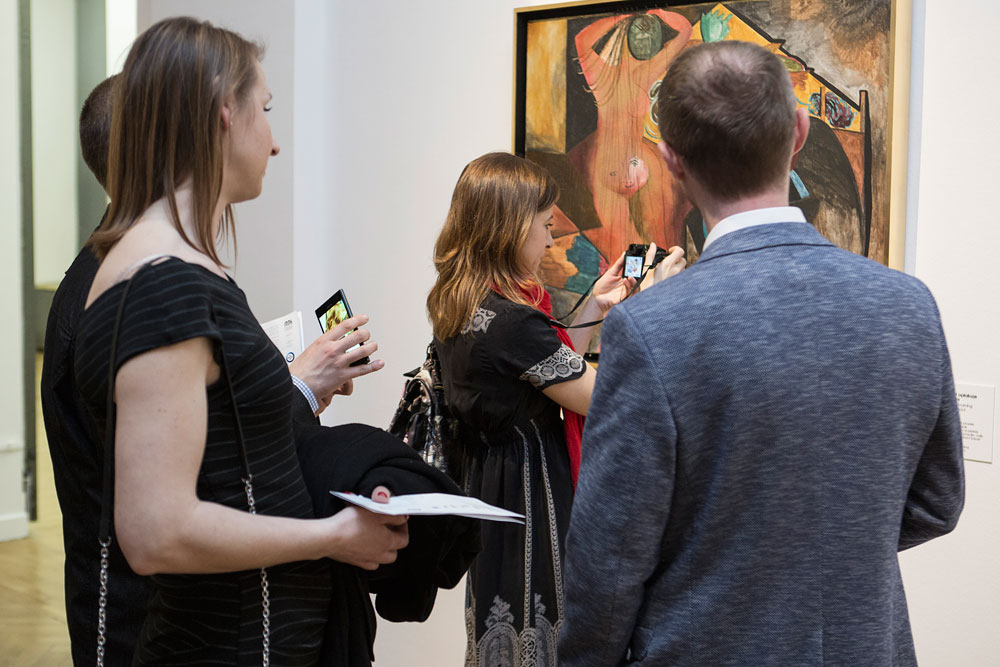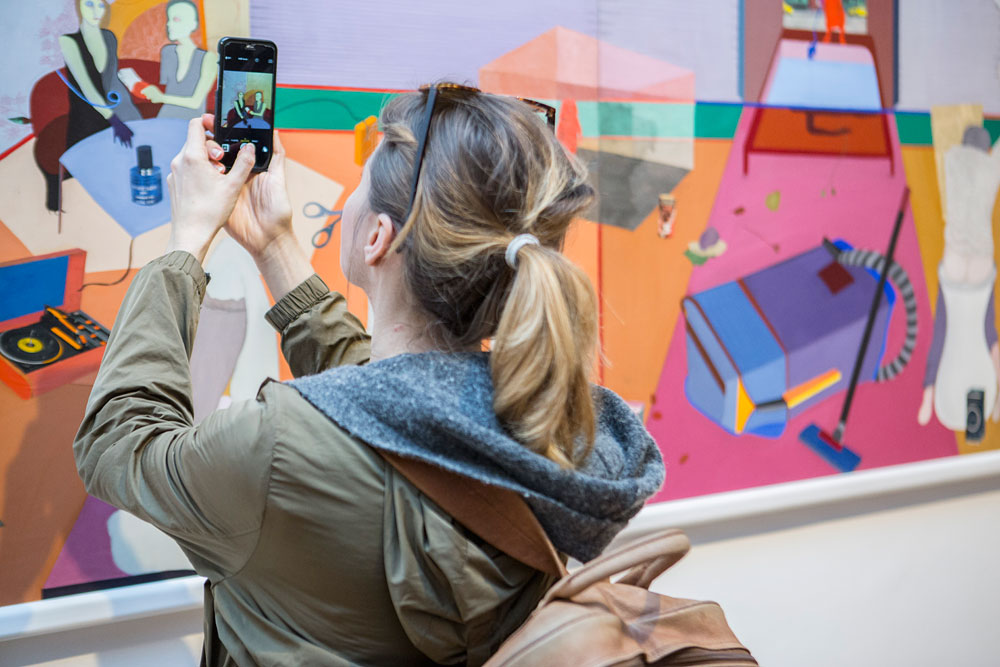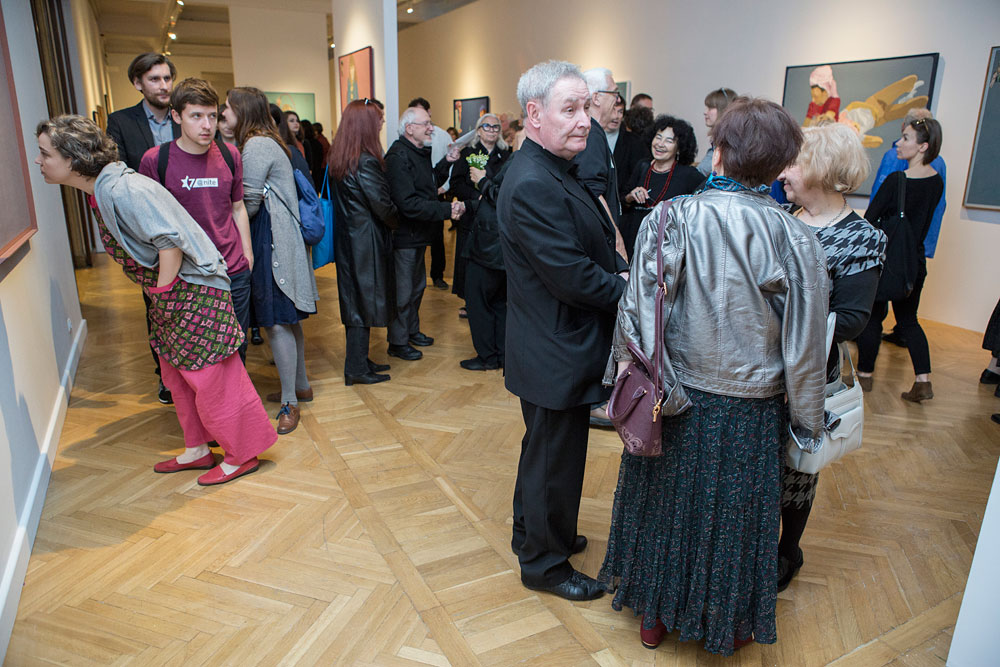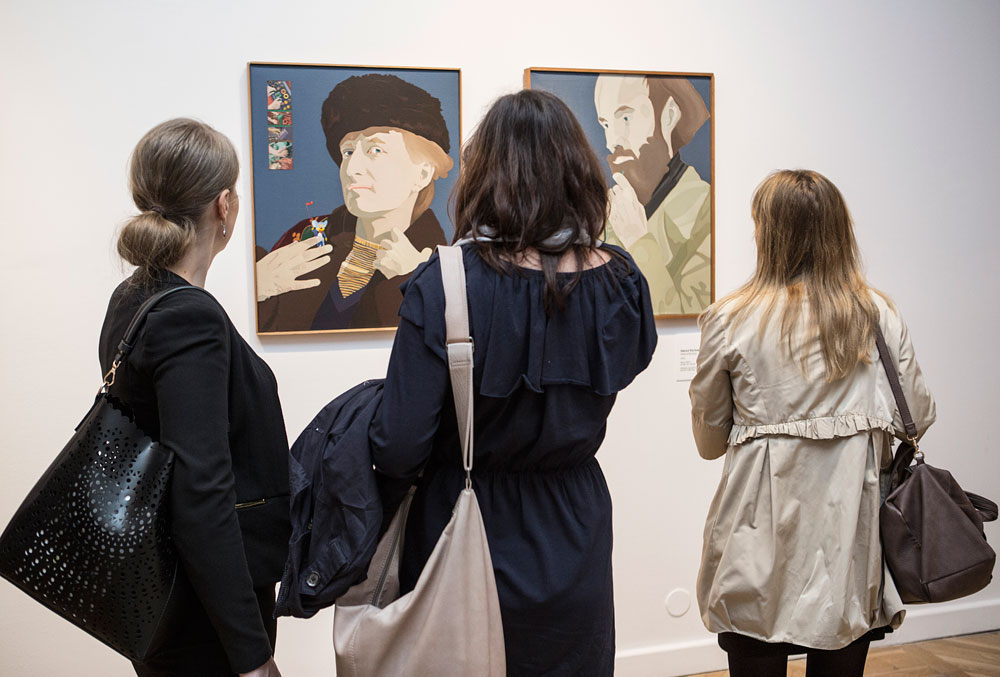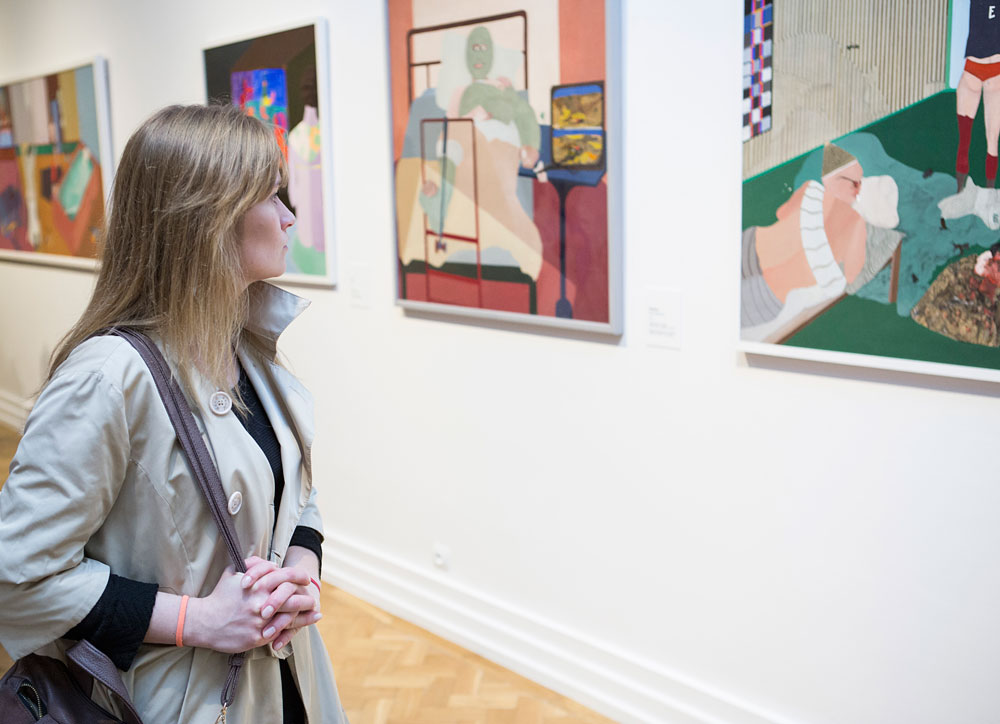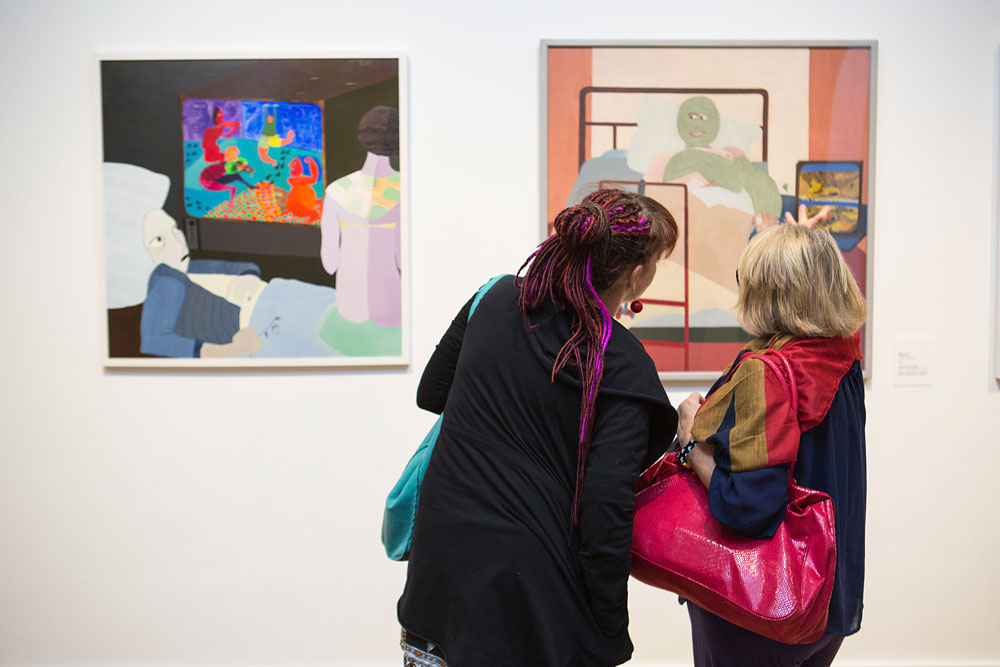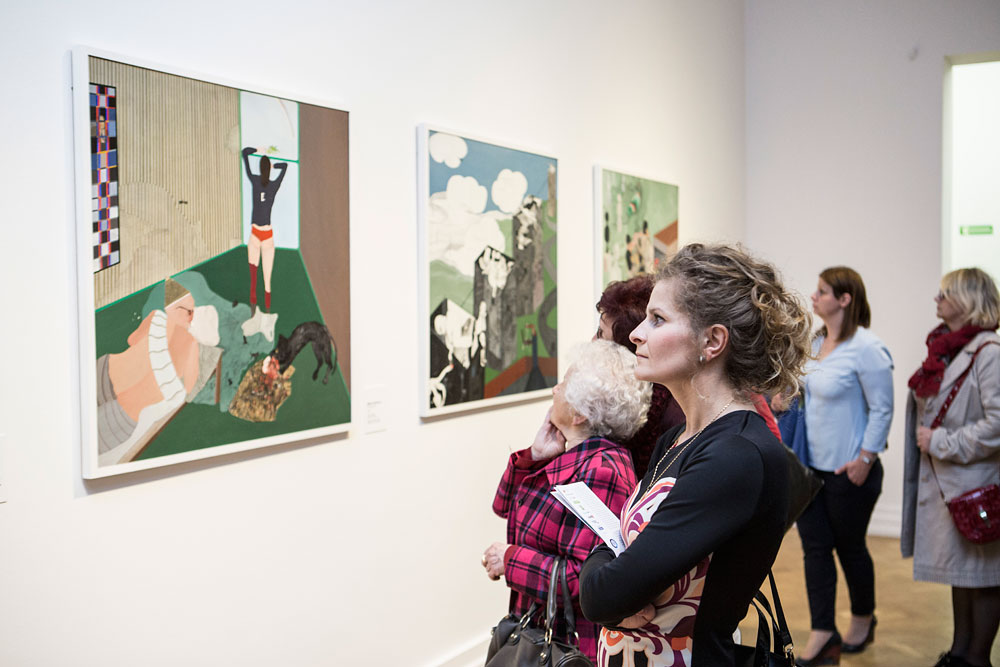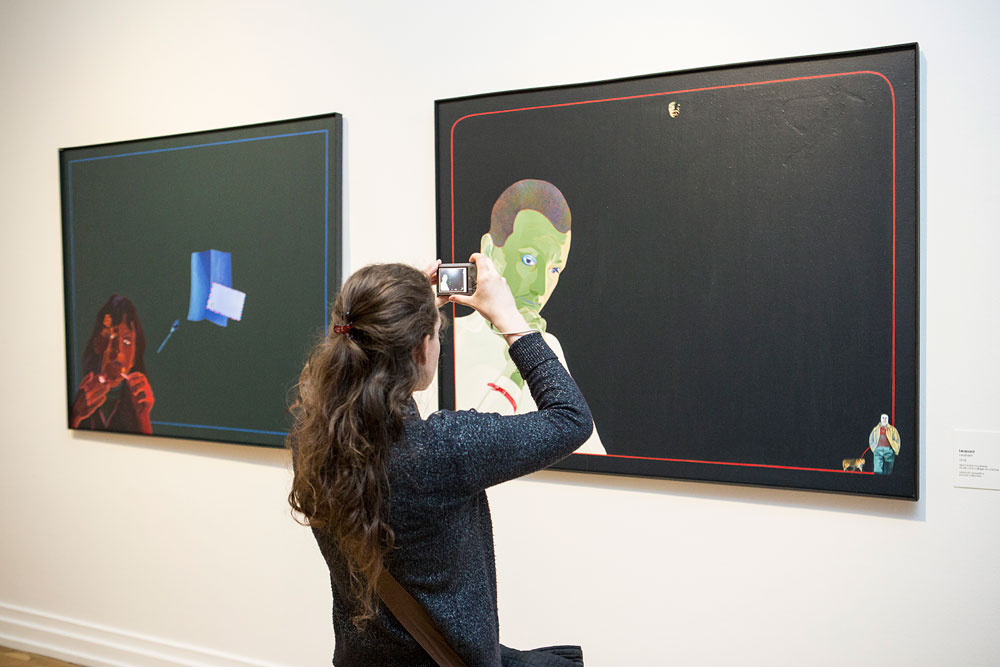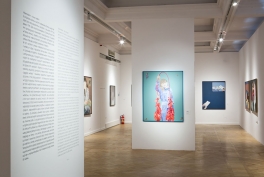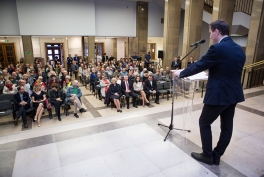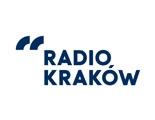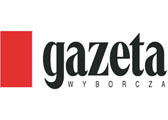Speech by Andrzej Betlej - Director of the NMK
/ photo by Karol Kowalik - Photography Studio, NMK
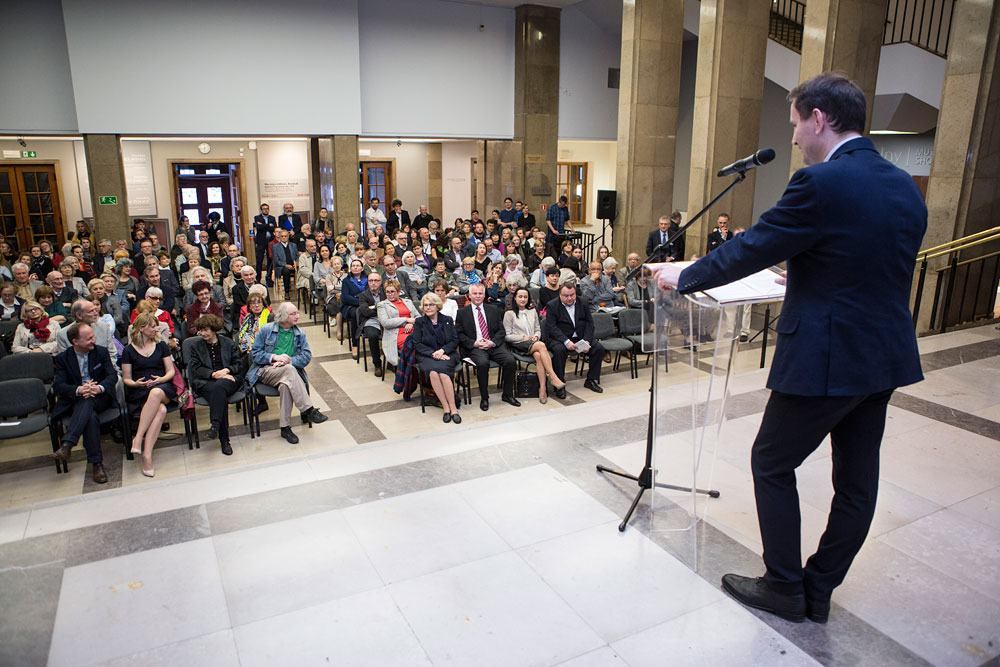
Guests
/ photo by Karol Kowalik - Photography Studio, NMK
![Opening of the exhibition titled Don't dream about love, Kuryluk]()
Dr Andrzej Szczerski – Deputy Director for Academic Affairs and Education, NMK
/ photo by Karol Kowalik - Photography Studio, NMK
![Opening of the exhibition titled Don't dream about love, Kuryluk]()
Anna Budzałek - curator of the exhibition
/ photo by Karol Kowalik - Photography Studio, NMK
![Opening of the exhibition titled Don't dream about love, Kuryluk]()
Ewa Kuryluk
/ photo by Karol Kowalik - Photography Studio, NMK
![Opening of the exhibition titled Don't dream about love, Kuryluk]()
/ photo by Karol Kowalik - Photography Studio, NMK
![Opening of the exhibition titled Don't dream about love, Kuryluk]()
/ photo by Karol Kowalik - Photography Studio, NMK
![Opening of the exhibition titled Don't dream about love, Kuryluk]()
/ photo by Karol Kowalik - Photography Studio, NMK
![Opening of the exhibition titled Don't dream about love, Kuryluk]()
/ photo by Karol Kowalik - Photography Studio, NMK
![Opening of the exhibition titled Don't dream about love, Kuryluk]()
/ photo by Karol Kowalik - Photography Studio, NMK
![Opening of the exhibition titled Don't dream about love, Kuryluk]()
/ photo by Karol Kowalik - Photography Studio, NMK
![Opening of the exhibition titled Don't dream about love, Kuryluk]()
/ photo by Karol Kowalik - Photography Studio, NMK
![Opening of the exhibition titled Don't dream about love, Kuryluk]()
/ photo by Karol Kowalik - Photography Studio, NMK
![Opening of the exhibition titled Don't dream about love, Kuryluk]()
/ photo by Karol Kowalik - Photography Studio, NMK
![Opening of the exhibition titled Don't dream about love, Kuryluk]()
/ photo by Karol Kowalik - Photography Studio, NMK
![Opening of the exhibition titled Don't dream about love, Kuryluk]()
/ photo by Karol Kowalik - Photography Studio, NMK
![Opening of the exhibition titled Don't dream about love, Kuryluk]()
/ photo by Karol Kowalik - Photography Studio, NMK
![Opening of the exhibition titled Don't dream about love, Kuryluk]()
/ photo by Karol Kowalik - Photography Studio, NMK
![Opening of the exhibition titled Don't dream about love, Kuryluk]()
/ photo by Karol Kowalik - Photography Studio, NMK
![Opening of the exhibition titled Don't dream about love, Kuryluk]()

